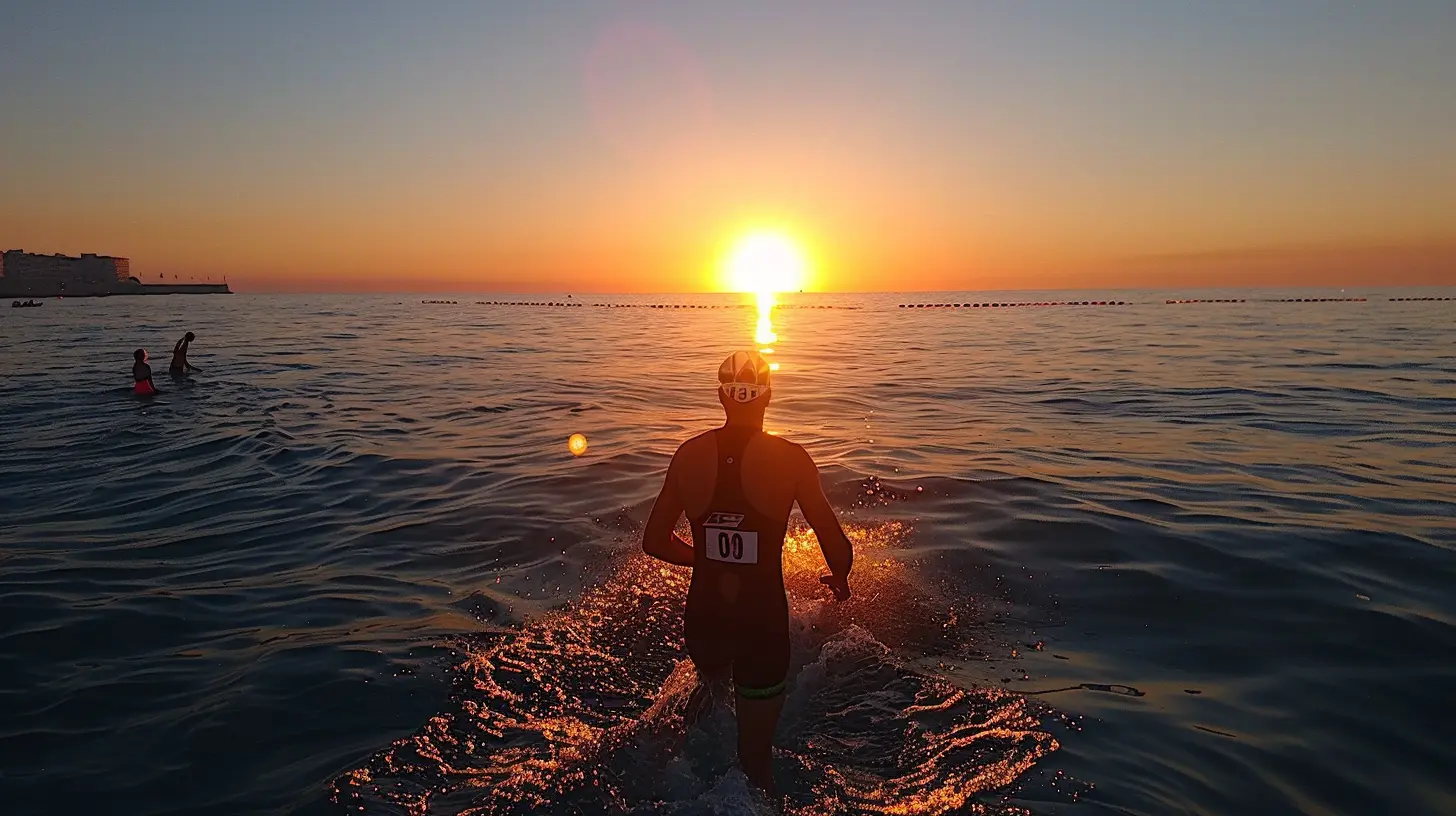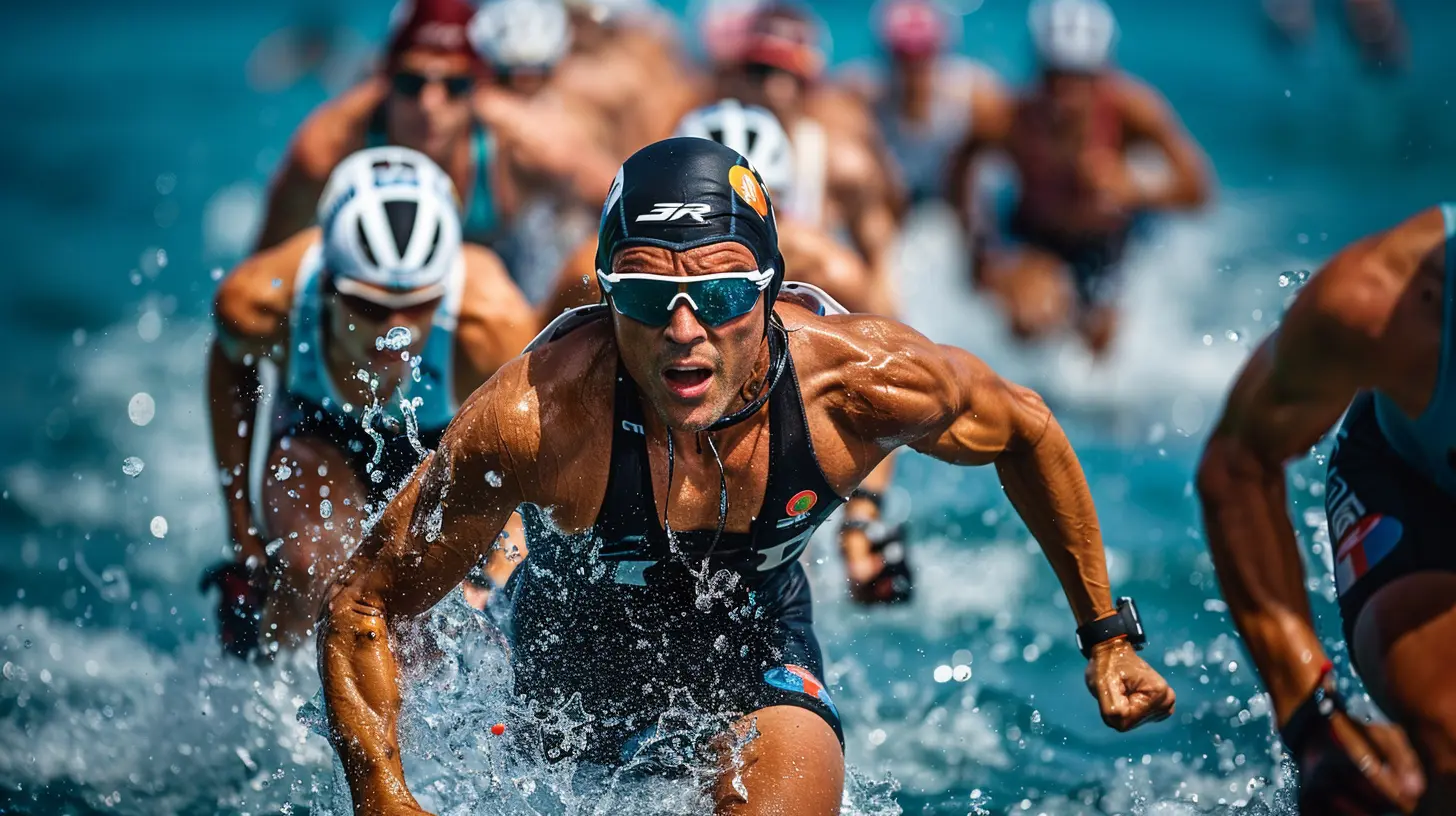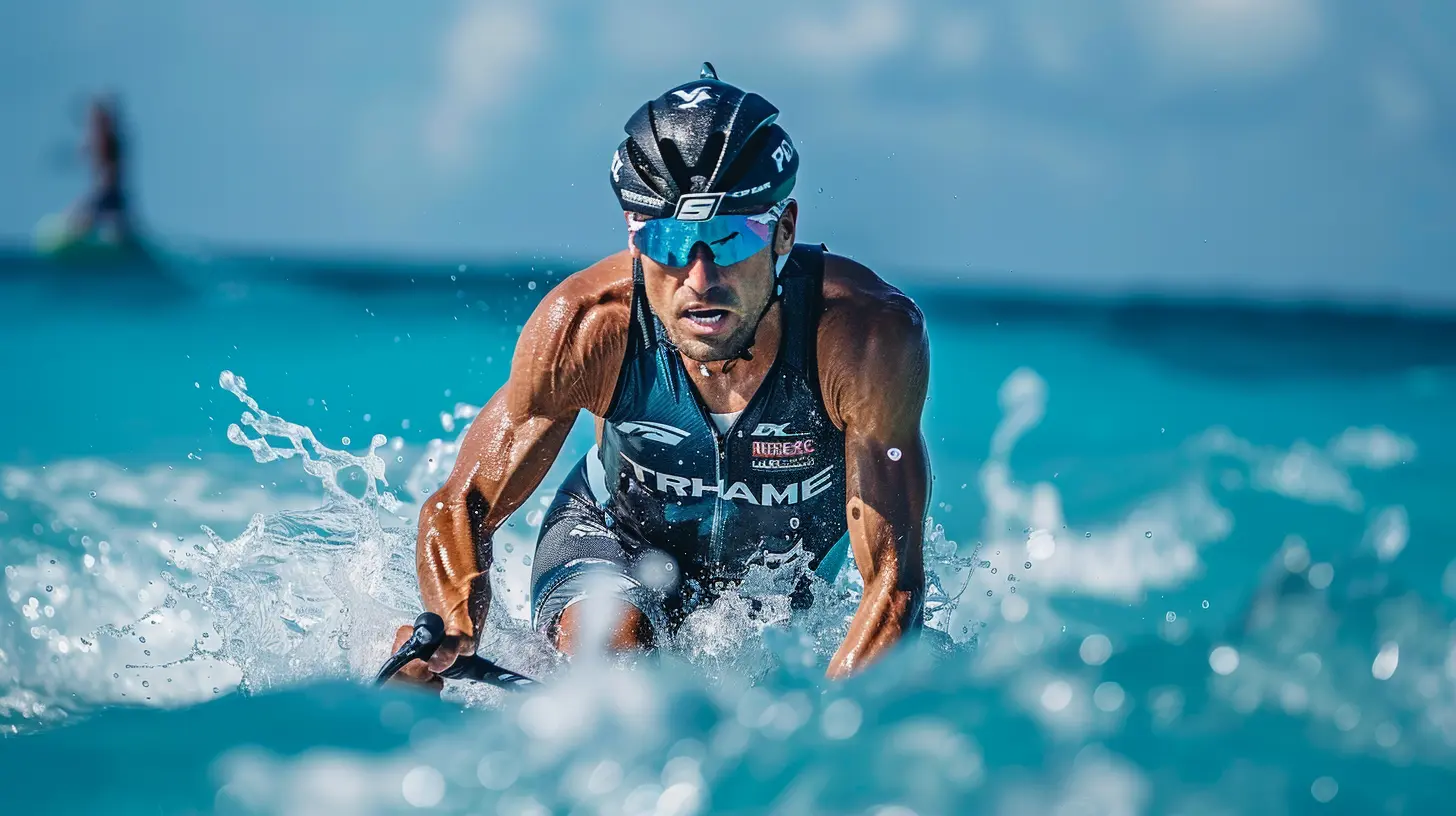The Importance of Recovery in Triathlon Training
21 October 2025
Let’s face it. When you’re training for a triathlon, it’s easy to get caught up in the run-bike-swim-repeat cycle. You push your limits, clock in more hours, chase bigger goals. But here’s a game-changing truth: more isn’t always better — smarter is. That’s where recovery steps in.
Think of recovery like the unsung hero in your training story. It's the crucial layer that holds everything together. Without it, performance stalls, injuries creep in, and burnout isn’t far behind. Whether you're a weekend warrior or eyeing the Ironman podium, recovery isn't optional — it’s essential.
So grab your foam roller, settle in, and let’s break down why recovery should be as much a part of your training plan as swims, rides, and runs.
Why Recovery Matters in Triathlon Training
Triathlon is brutal. You're juggling three high-demand sports, each stressing your body in different ways. So, what happens if you skip recovery?Well, imagine driving a car with the pedal floored all the time. Eventually, it overheats, breaks down, or worse — crashes.
Recovery is when your body repairs micro-tears in muscles, replenishes glycogen, balances hormones, and gets stronger. In fact, your fitness improves not during training, but in the time after. You train, you recover, you improve. Miss that last step, and you’re stuck in a plateau (or spiraling into overtraining).
Understanding the Types of Recovery
Not all recovery is created equal. If you're thinking, “Cool, I rested on Sunday,” let's clarify what recovery really means. There are three main categories:1. Passive Recovery
This one’s the easiest to understand — complete rest. No workouts. Just chill. It's essential after long races or back-to-back training blocks. Don’t fear the couch, folks. Your body needs it.2. Active Recovery
This involves low-intensity movement, like an easy spin, a light jog, or a swim at conversational pace. It boosts blood flow, flushes out waste (hello, lactic acid), and promotes recovery without additional stress.3. Systemic Recovery
Now this is where things get holistic. It covers everything from nutrition, hydration, sleep, mental rest, to stress management. You might be hitting all your splits, but if you’re running on 4 hours of sleep and a bag of chips, your performance will nosedive.
Signs You're Not Recovering Enough
So, how do you know if you’re under-recovered? It’s not always obvious. But your body has a way of waving red flags:- Constant fatigue despite sleep
- Drop in performance
- Mood swings or irritability
- Trouble sleeping
- Loss of appetite
- Elevated resting heart rate
- Nagging aches or injuries
Ignore these too long, and you're looking at overtraining syndrome — a dark hole that can take months (or longer) to crawl out of.
How to Build Recovery into Your Training Plan
So now that we’ve agreed recovery’s kind of a big deal, let’s talk about how to actually integrate it into your training.1. Prioritize Sleep Like a Pro
Honestly, if recovery were a superhero, sleep would be its alter ego. It’s during deep sleep that human growth hormone spikes, aiding in muscle repair and recovery.👉 Aim for 7 to 9 hours of quality sleep per night. Pro tip: Power naps (15-30 minutes) during heavy training blocks? Total game-changers.
2. Fuel Right, Recover Faster
Recovery starts the moment you finish your session. That 30-minute window post-workout? Golden.Make sure you're getting:
- Carbs to replenish glycogen stores
- Protein to repair muscle fibers
- Fluids and electrolytes to rehydrate
Think: a smoothie with fruit, Greek yogurt, nut butter, and a pinch of salt. Or a bagel and chocolate milk. Keep it simple, but don’t skip it.
3. Hydration: Often Overlooked, Always Important
Dehydration is a sneaky performance killer. Even mild dehydration can slow your recovery. Sip throughout the day, not just during workouts. And yes, your pee color is a solid indicator—light yellow is where it's at.4. Periodize Your Training
Recovery isn’t just something you tack onto your plan — it is part of the plan.Smart training includes:
- Recovery days (easy workouts or rest days)
- Recovery weeks (every 3-4 weeks, cut volume by 40–60%)
- Off-seasons (after a long race season, take 2–4 weeks off structured training)
Think of this structure as breathing room for your body and brain.
5. Listen To Your Body (It’s Smarter Than You Think)
You might have a detailed training plan, but if your body’s screaming “nope,” you need to listen. An extra day of rest isn’t weakness — it’s wisdom.Tools That Aid Recovery
Let’s get into the fun stuff — the tools and techniques that make recovery more effective (and honestly, more enjoyable).1. Foam Rolling & Self-Myofascial Release
Love it or hate it, foam rolling helps with muscle tightness and increases blood flow. Think of it as DIY massage.Spend 10-15 minutes targeting key areas post-workout — calves, IT bands, quads, glutes. Don’t rush it.
2. Compression Gear
Compression socks or sleeves aren’t just for looking pro. They boost circulation and can reduce post-workout muscle soreness. Great for recovery days or long flights after a race.3. Massage & Physical Therapy
If you can swing regular massages? Do it. A good sports massage therapist can help you spot issues before they become injuries. Even once a month can make a difference.4. Cold Therapy (and Hot)
Ice baths, cold plunges, cryotherapy — they can reduce inflammation and speed recovery. On the flip side, hot baths or saunas improve circulation and muscle relaxation. Alternate depending on your needs.5. Active Mobility and Stretching
Stretching may not be sexy, but it’s vital. Keep those muscles flexible, prevent imbalances, and reduce risk of injury. Make dynamic movement a warm-up, and static stretching part of your cool down.Mental Recovery: Don’t Overlook Your Brain
Triathlon isn’t just physical — it’s wildly mental. From the early morning sessions to long solitary rides, the mental fatigue can build up fast.Take mental breaks. Unplug. Have a rest day with zero guilt. Spend time with family, binge a show, lie in the grass… whatever fills you back up.
Meditation, mindfulness, and visualization also play a role. Even 5 minutes a day can sharpen your focus and reduce stress.
Recovery During Race Season vs. Off-Season
During the season, recovery needs to be precise and regular. You can’t afford long downtimes, so proactive recovery is key. Maintain your body like a high-performance engine — never miss an oil change.In the off-season? That’s the time to step back. Recover fully. Let your body and brain relax. Unstructured movement is great — hikes, yoga, even just sleeping in.
Use this phase to come back fresher and stronger.
Coaches and Recovery: A Partnership That Works
If you work with a triathlon coach, they should build recovery into your plan. A good coach knows when to push and when to pause. Be honest with them. Share how you feel. Overtraining usually starts when athletes push past their breaking point — and hide it.Your coach isn't just your trainer — they're your partner in progress. Trust the process and speak up when your body needs extra TLC.
Bottom Line: Recovery Isn’t Lazy — It’s Legendary
You can train harder. You can train longer. But if you don't recover intelligently, you're just stacking bricks on a shaky foundation.Recovery is where the magic happens. It's how average athletes become great ones. So if you truly want to race faster, go longer, and feel stronger — start giving recovery the spotlight it deserves.
Don't think of it as "taking time off.” Think of it as investing in your next breakthrough.
So, tonight — stretch it out, grab a good meal, and hit the sack early. Your future self — that podium-grabbing, finish line-smiling triathlete — will thank you for it.
all images in this post were generated using AI tools
Category:
TriathlonAuthor:

Uziel Franco
Discussion
rate this article
1 comments
Maverick Soto
Recovery isn’t just a luxury; it’s the secret sauce for triathlon domination—get on board!
October 27, 2025 at 11:30 AM

Uziel Franco
Absolutely! Recovery is essential for peak performance and long-term success in triathlon. Embrace it!


